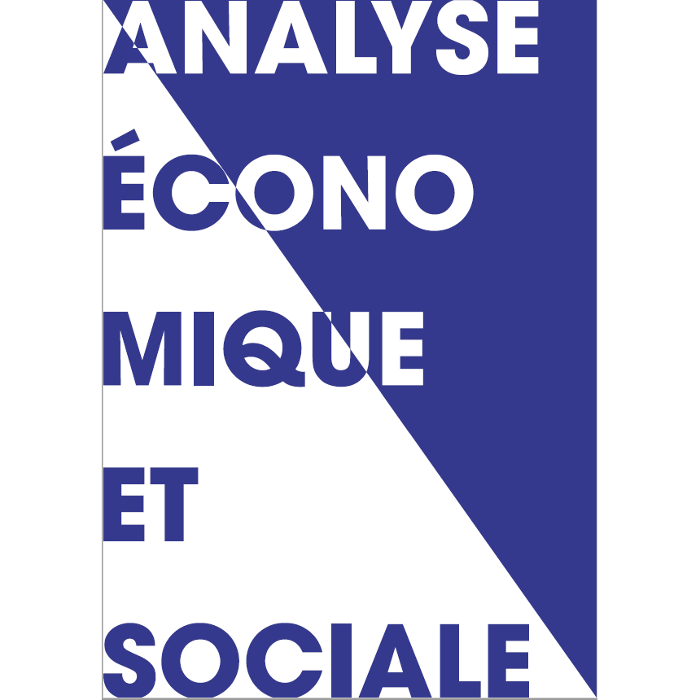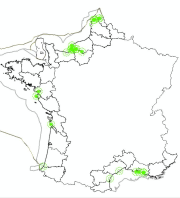/Activités et Usages/Transport maritime et Ports
Type of resources
Available actions
Topics
Keywords
Contact for the resource
Provided by
Years
Formats
Representation types
Update frequencies
status
Scale
Resolution
-

Résumé
-
RasterMarine is a series of digital images taken from nautical charts, with no additions, legends or georeferencing information. The RasterMarine range is available at five sets of scales: - RasterMarine 20 1: 20,000 - RasterMarine 50 1: 50,000 - RasterMarine 150 1: 150,000 - RasterMarine 400 1: 400,000 - RasterMarine 1M 1: 1,000,000. Unless exceptional circumstances apply, the RasterMarine range is updated on a weekly basis and the modified grid squares are re-published, replacing the previous versions. All corrections, publications and editions with an effect on the reference nautical charts are taken into consideration. <br /> 13/03/2025 version <br />
-

Le chapitre 5 du mémento de statistiques des transports 2019 est dédié au transport maritime. Les volumes et les catégories de marchandises transitant par les ports français y sont rapportés.
-

Les données du trafic de passagers transitant par les ports français sont issues du chapitre 5 du Mémento de statistiques des transports 2019 (dédié au transport maritime) et des Tableaux de l'économie française 2020 (volet Transports de voyageurs).
-
Données présentant le nombre de ports de plaisance maritimes certifiés « Ports Propres » en Provence Alpes Côte d’Azur, en Corse, en Occitanie et en Principauté de Monaco en juillet 2021.
-
The georeferenced digital image solution for the nautical chart is a digital conversion of the corresponding printed nautical chart produced by Shom or its legends, with georeferencing indications and including miscellaneous text.
-
Limits defining ship classes based on their assigned operating maritime zones. These limits were produced by CEREMA in application of section II.14 of article 1 of decree no. 200945 amended on 30 August 1984. Navigation categories are defined in article 223.2 of the rules appended to the order of 23 November 1987 on shipping safety.
-

Cette couche représente les périmètres de coordination des radars portuaires.
-

Cette couche représente les périmètres de protection des radars portuaires.
-

Cette couche représente la localisation des radars portuaires.
 Catalogue PIGMA
Catalogue PIGMA